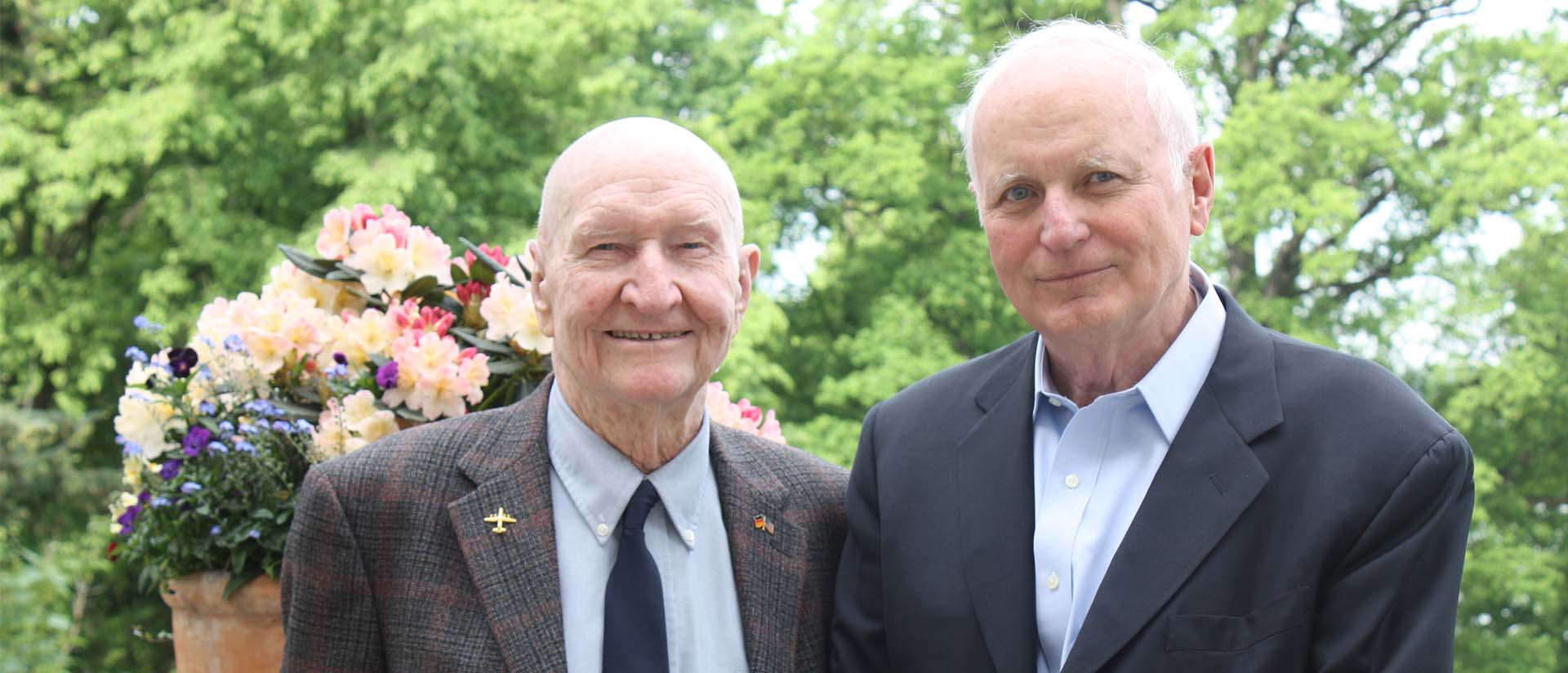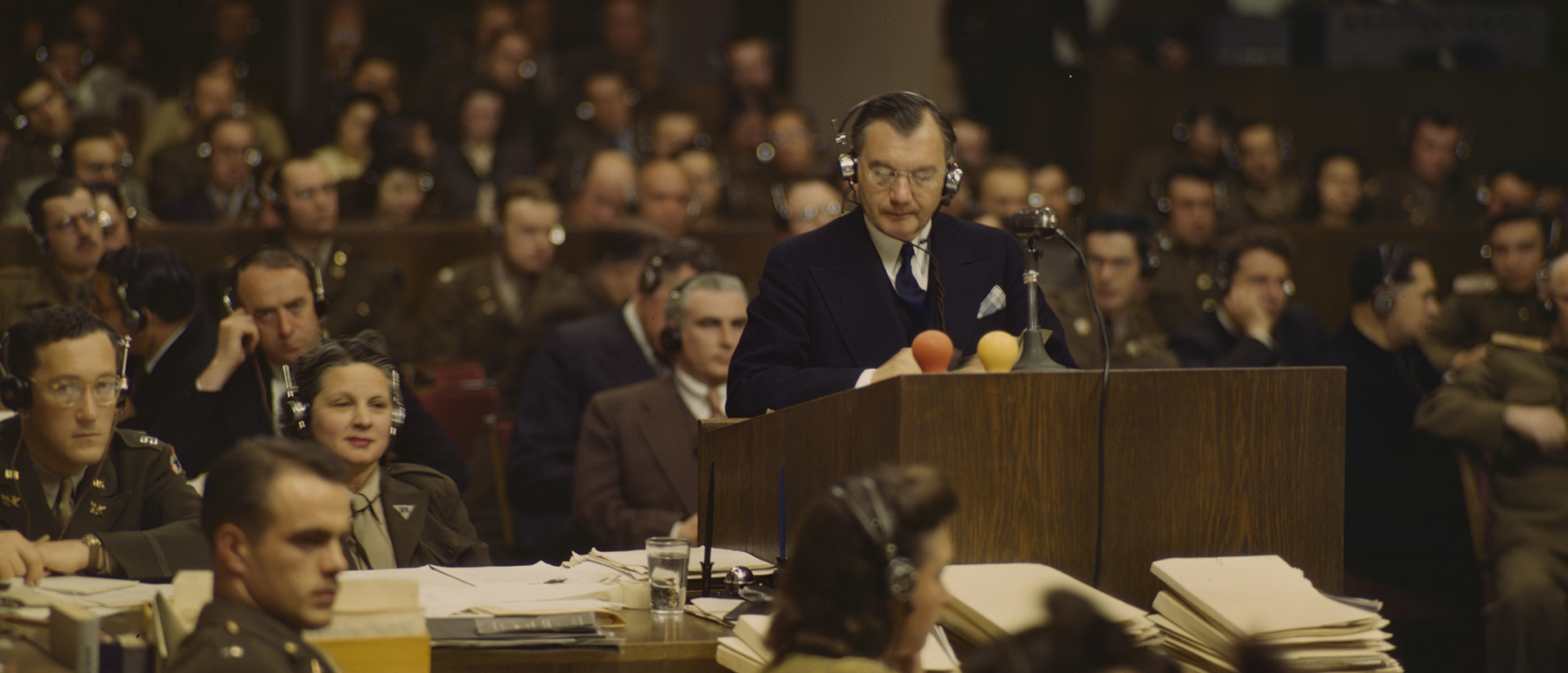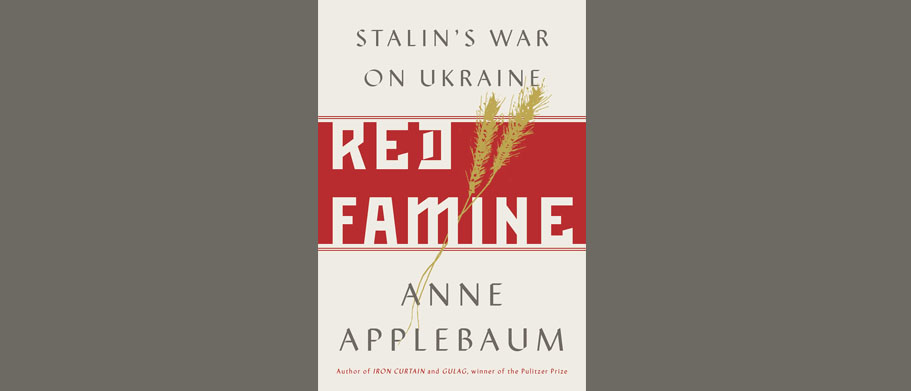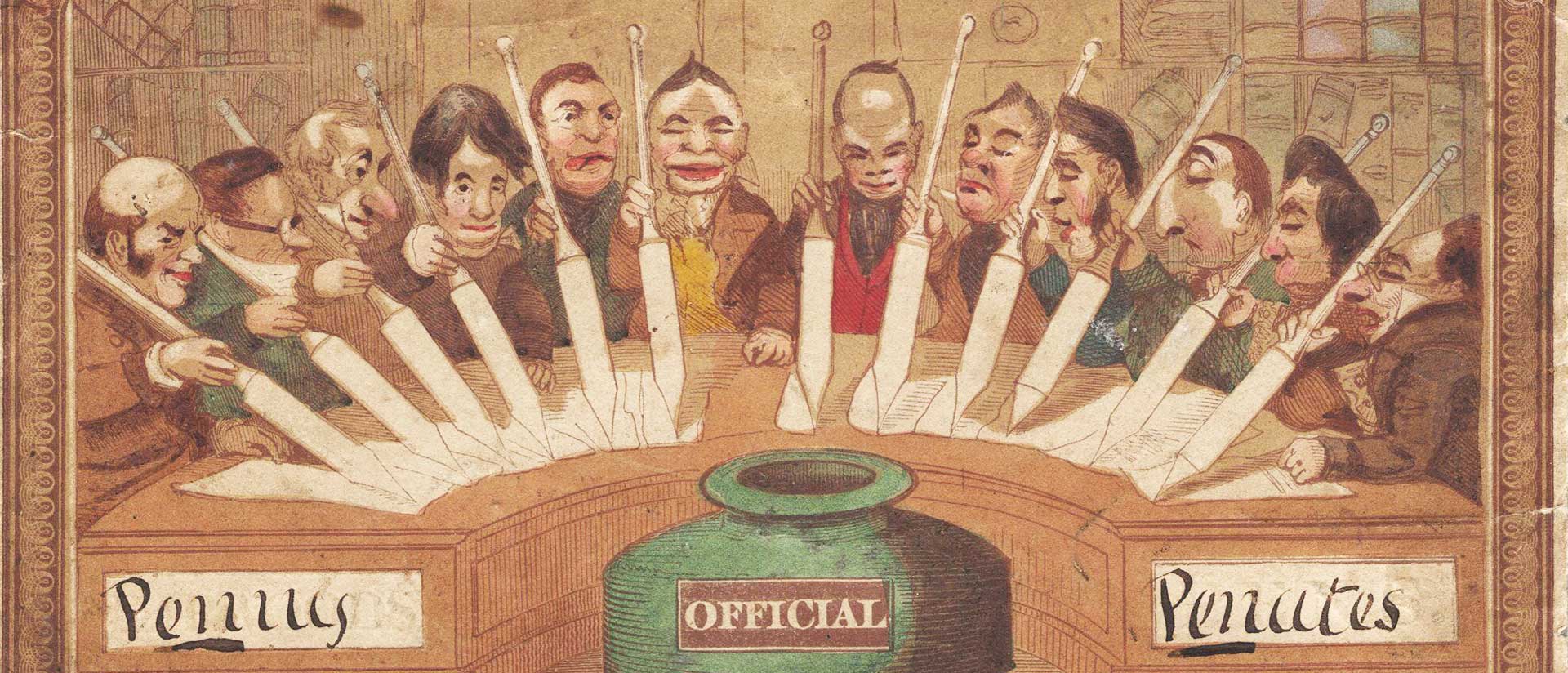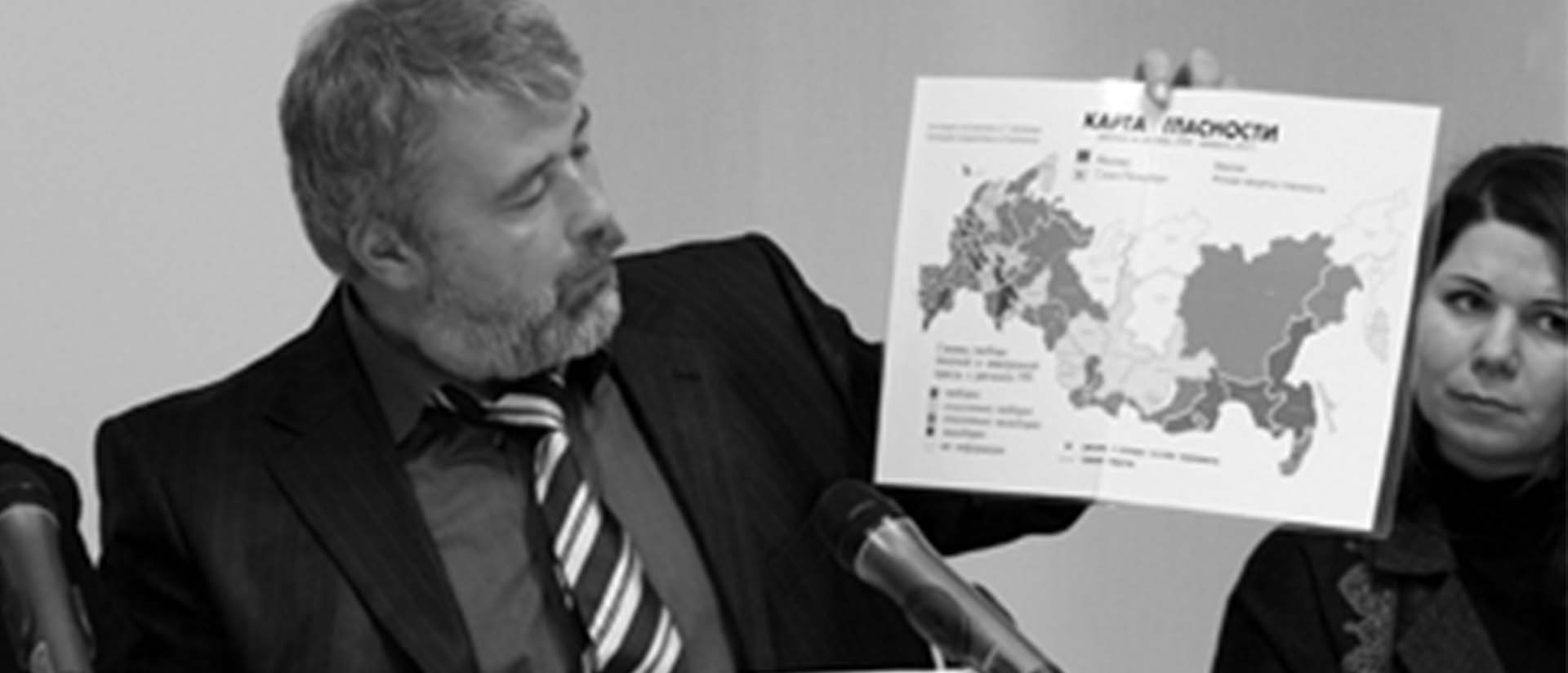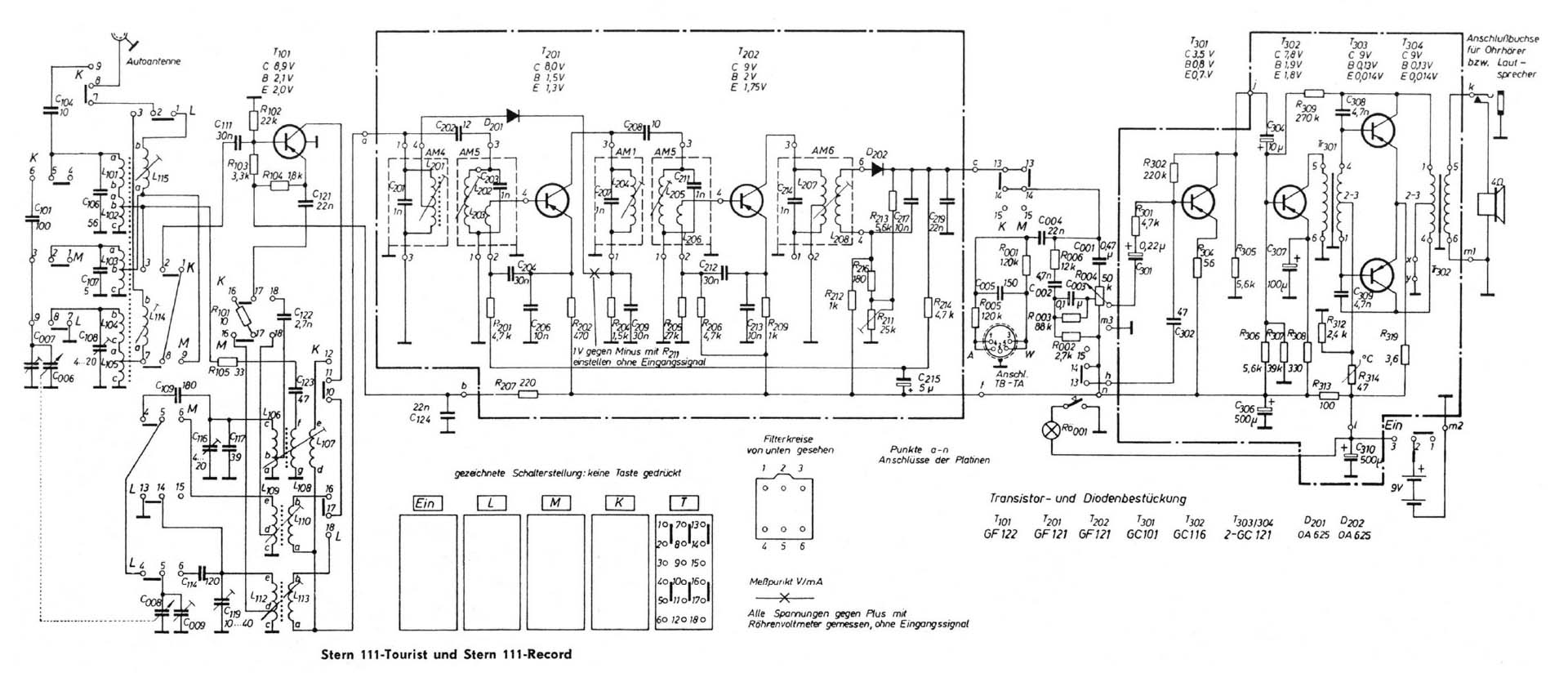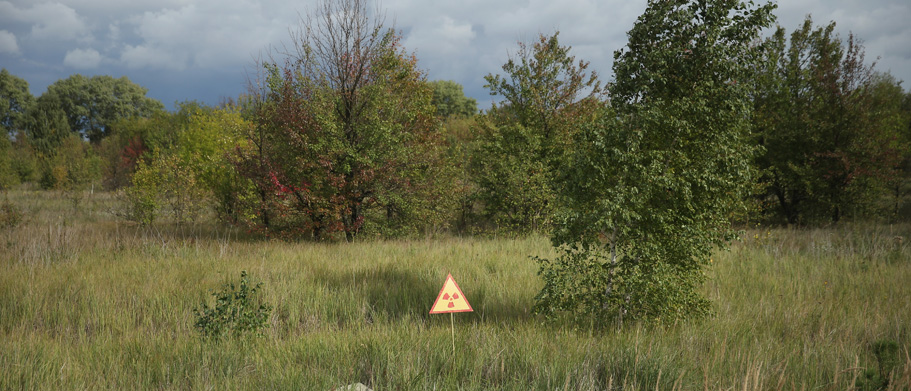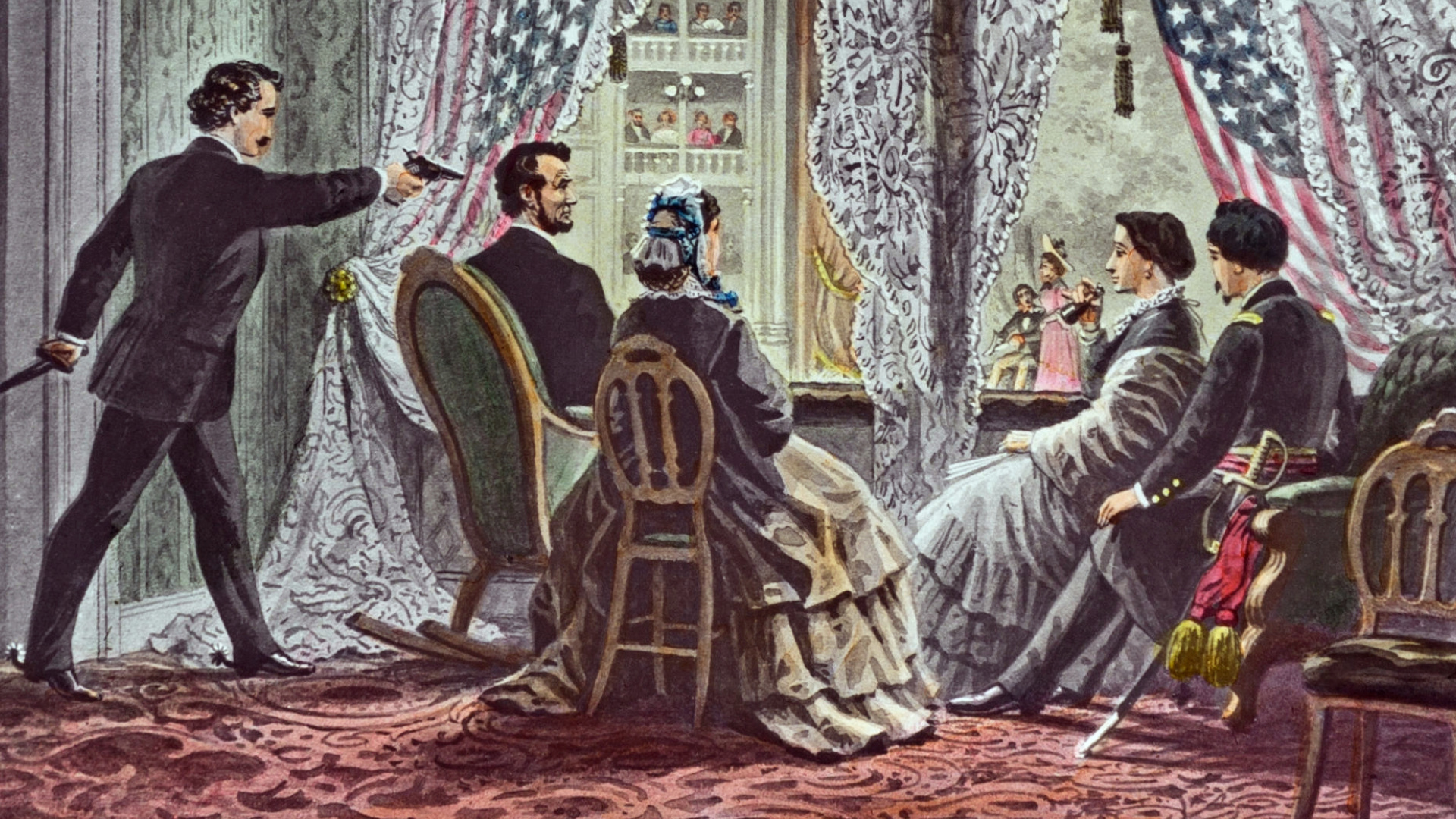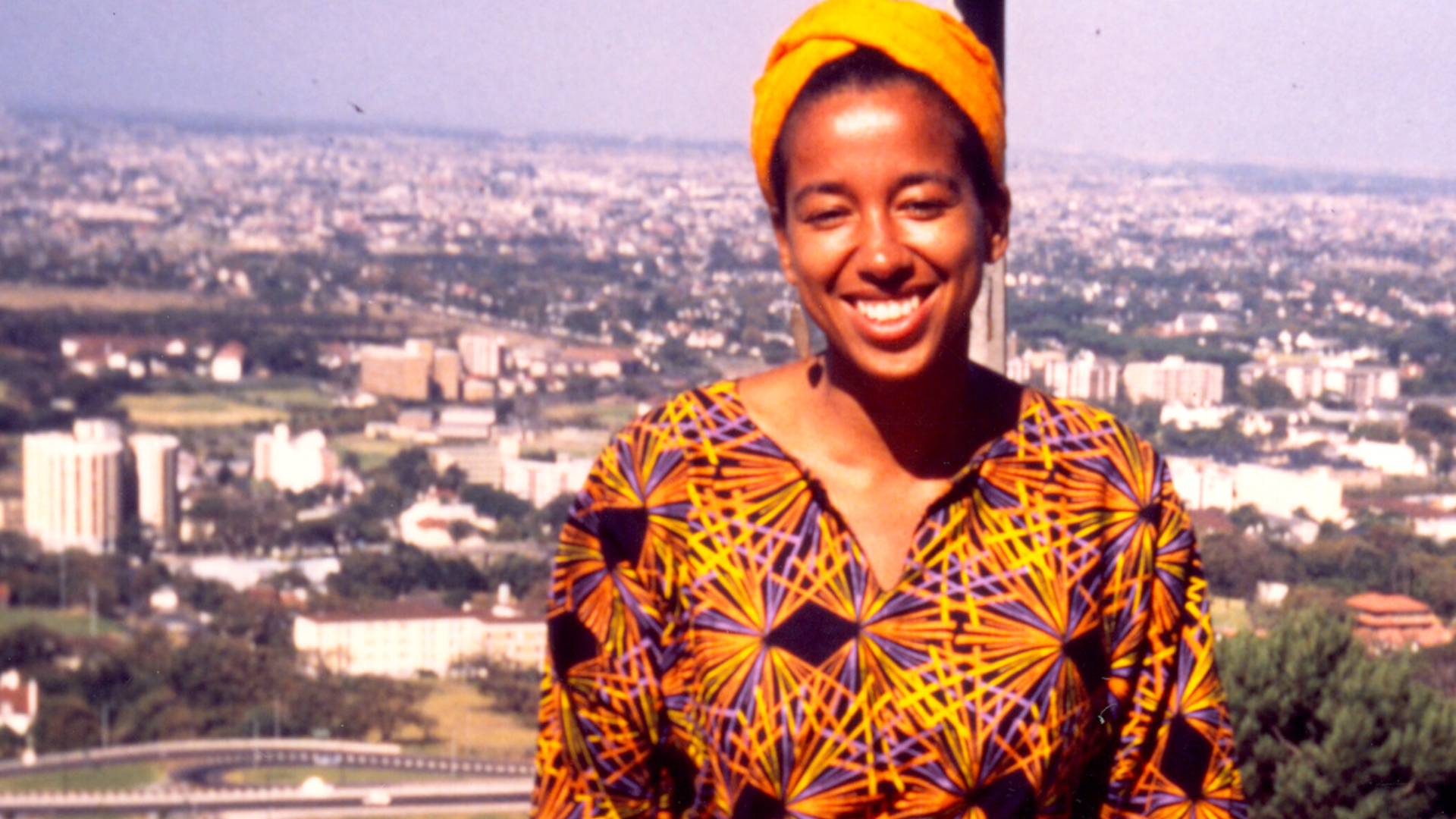
Locked in Place
Inequality in the new American metropolis
by Margaret Weir
For decades, the concept of poverty in the American public imagination and academic literature fixated on the system of “urban containment,” a pattern trapping the Black poor in low-income urban neighborhoods while middle-class whites benefited from suburban locations. The face of poverty anchored in the American public mind and in public policy was urban, African American, and nonworking. Yet the economic, political, and demographic forces that made containment an apt metaphor during the last century no longer describe the American metropolis. Today, more low-income residents can be found in suburbs than in historic central cities. This diverse group includes African Americans seeking opportunity or pushed out of the city by gentrification; immigrants settling near suburban employment centers; and white suburban residents buffeted by economic change.
Despite the tremendous changes that have remade metropolitan America over the past four decades, one feature of metropolitan life endures: place continues to impose burdens on most low-income Americans of color rather than serving as a springboard to opportunity. As American social policy has shifted increasing amounts of social and economic risk onto the shoulders of individuals, the spatial organization of the metropolis has itself become a major source of that risk. The very structure of the metropolis erects barriers to opportunity: spatial arrangements isolate low-income people in low-resource jurisdictions; insufficient investment in public infrastructure creates disconnections across the metropolis; and a haphazard array of safety-net institutions fails to provide support where it is needed. But the development of the new metropolis is not simply a story of unremitting setbacks that limit opportunity. It also features initiatives that offer glimmers of hope for a more inclusive and equitable metropolis.
As American social policy has shifted increasing amounts of social and economic risk onto the shoulders of individuals, the spatial organization of the metropolis has itself become a major source of that risk.
At the heart of the divided metropolis is the idea of localism. From Tocqueville on, observers have praised American localism for its ability to nurture such virtues as community engagement and self-help. Yet for the past century, American localities have come to promote the opposite of community engagement. Empowered by state laws to control land use, local governments, together with real estate developers, have used their powers to create homogenous suburban enclaves. By enacting laws that limit development or set large-lot sizes, local governments drive up the price of housing and exclude less affluent residents. Their actions have created a metropolitan patchwork that carves metropolitan populations up by income and by race. As a result, local boundaries now circumscribe a disaggregated and imbalanced set of arrangements in which the poorest localities with the greatest need and the least resources bear the highest costs.
Two suburban municipalities in the Chicago metro cast the differences between richer and poorer places into stark relief. Once an industrial powerhouse of manufacturing, Harvey, Illinois, fell on hard times when the steel industry collapsed in the 1970s. But its woes multiplied when whites departed the racially changing city and then the middle class, regardless of race, moved out. For over three decades, the city has been caught in a downward spiral of population loss, shrunken tax revenues, and reduced services. The majority Black town of 24,908 has struggled with pension payments, a budget shortfall, and a poverty rate double the nation average and 11 percentage points higher than that in the city of Chicago. In 2018, the city was forced to lay off a quarter of its police force and 40 percent of its firefighters. Yet, the town had a high tax rate—three times as high, in fact, as that of affluent, largely white municipalities.
The experience of affluent jurisdictions differs markedly. Wealthier municipalities can offer ample public services at a low tax rate. The well-off majority white suburb of Naperville offers a jarring contrast. With a poverty rate two-thirds lower than the national average and one of the highest incomes in the region, the city enjoys ample public amenities, including an award-winning public library, a downtown beach, and a historic riverwalk. Housing values have grown by seven percent since 2018. Naperville also features one of the lowest tax rates of the municipalities in the Chicago suburbs. Political boundaries make the irrationalities of this system seem fair and even natural. One local suburban official explained his opposition to affordable housing: “We’ve prided ourselves as a high-end, low-density community,” and then went on to note that it would not seem natural to build affordable housing there.
Political boundaries make the irrationalities of this system seem fair and even natural.
It is not only older Rust Belt cities that separate people by race and income. Many cities in Sun Belt metros restrict redistribution through their annexation strategies. Cities such as Houston, which grew from 160 square miles in 1949 to 665 square miles today, have ballooned through annexation. But the city’s annexation strategy is not neutral: Sun Belt cities routinely annex affluent communities that will add to their tax base while skipping over poorer areas, especially older Black and Latino communities that require more services. This practice has left some areas as unincorporated communities that lack even the most basic services, including water and sewers.
The largely Latino working-class community of East Aldine fits this pattern. Even though the community lies only a stone’s throw away from affluent subdivisions that Houston annexed in the 1980s, the city deliberately bypassed East Aldine. Without city services and unable to attract many resources from the county, the unincorporated community has long resembled a rural outpost. It lacks sidewalks and streetlights, has only limited sewer capabilities, and suffers from plenty of unregulated dumping. East Aldine is not alone. Across the Sun Belt, Black and brown communities passed over for annexation live in conditions that lack the basic amenities of modern urban life.
Across the Sun Belt, Black and brown communities passed over for annexation live in conditions that lack the basic amenities of modern urban life.
There is no easy solution for remedying the deep inequalities that local governance arrangements have reinforced. The simplest answer— combine local governments—is politically off limits. In the 1950s and ’60s, many other countries aggressively amalgamated their local governments to suit broader economic and social goals. Scandinavian countries merged localities so that they would have the scale needed to implement the social programs delegated to them. Canadian provinces created large metropolitan governments that had authority over the city as well as its suburbs. These solutions are political nonstarters in the United States, where the legal bulwark defending local autonomy is strong, and the political costs of challenging it remain prohibitive.
Instead, less sweeping initiatives on multiple fronts offer more promise. Across the country, local activists have already made some progress in building organizations and coalitions that can cross local boundaries to promote equity. For example, the Illinois Coalition for Immigrant and Refugee Rights works to support the rights and well-being of immigrants in Chicago’s suburbs. The organization played a key role in making Waukegan, a declining industrial suburb, more receptive to its majority Mexican population. Hoping to dissuade Mexicans from settling in Waukegan—or even visiting it— the city launched an aggressive towing program. For undocumented immigrants, who could not produce a license, towing meant losing their car. When local protests failed to win a response, boundary crossing groups including the Coalition, mobilized the city’s immigrant population to vote out the city’s leadership. Their political success not only halted the towing program; it also made local social services much more responsive to the needs of its lower-income Spanish-speaking residents.
A less political kind of boundary crossing gave East Aldine a new town center and a variety of social services. It began when the local state representative from the area reached out to BakerRipley, a very large nonprofit organization in the city of Houston. Given its broad experience in securing federal funds and raising private funds, BakerRipley had the skills and resources to build a large campus that resembled one it had constructed in the city of Houston. The organization raised $20 million for the project, which ultimately provided a wide array of services for the community, ranging from a commercial kitchen for caterers to classes in entrepreneurship to a “fablab” for building projects. These services reflected the wishes of this low-income entrepreneurial Latino community. The boundary-crossing connection linked this poor community into the network of Houston philanthropy and to the acumen of a large, experienced organization.
These local boundary-crossing efforts cannot do it alone; they need complementary state and federal action. With their legal authority over land use, state governments hold the key to promoting more diverse housing choices in affluent suburbs. The power of the homeowners and real estate interests that benefit from exclusion ensured that states did not touch local autonomy for over a century. In the wake of the affordable housing crisis that has rocked many American metros, however, this diffidence has begun to change. A few states have altered regulations and offered incentives designed to produce more housing and a more diverse housing stock. Since 2017, for example, California has enacted over a hundred laws designed to limit exclusionary zoning and promote housing construction. Massachusetts recently required communities served by the Boston-area public-transit agency to zone for multi-family housing near transit stops. Washington State just enacted a law that prevents localities from zoning for only single-family housing. These initiatives mark a sharp break with the past, but they represent only a first step on the path toward more diverse housing stock across metropolitan regions. Moreover, these new laws have only made headway in the most politically liberal states suffering from severe housing shortages. And they remain controversial: facing bipartisan opposition, New York State governor Kathy Hochul had to drop her proposal for more housing density in suburbs across the state. Such proposals do not even reach the policy agenda in Republican-controlled states.
A few states have altered regulations and offered incentives designed to produce more housing and a more diverse housing stock.
The federal government can help in at least two ways. The first is by enforcing the fair housing laws that prevent housing discrimination. Since 1968, the Fair Housing Act, passed in the wake of Martin Luther King’s assassination, has been only weakly enforced. An Obama-era regulation, Affirmatively Furthering Fair Housing, requires local communities that receive federal housing funds to submit equity plans and show progress toward meeting their goals. Its provisions will change local dynamics with requirements for broad participation and transparency around housing plans. Dismantled by then-President Trump, who vilified it as “Obama’s war on the suburbs,” the regulation has since been revived under President Biden.
The efforts to build more affordable housing throughout metropolitan areas and to ensure fair housing will take many decades to bear fruit. This means that segregated municipalities with few resources will remain a feature of the American metropolis for decades to come. The second way Washington can help is by offering targeted place-based funding. While the United States has never had explicit territorial equalization policies common in some European countries, a broad array of federal grants and revenue sharing supplemented local revenues until the 1980s. Since that time, revenue sharing has been eliminated, and the value of the remaining federal placed-based grants plummeted. Reinvigorating federal place-based support is critical to addressing the vast disparities in local revenue bases. While past policies focused mainly on the historic central cities, a new place-based assistance program would need to reach ailing suburbs as well as left-behind rural areas.
The twentieth-century image of the poor Black city and middle-class white suburb no longer describes the complex geography of metropolitan America. Racial and ethnic diversity now characterize both cities and suburbs and many lower-income residents now call suburbs home. But rather than ending the spatial isolation of low-income communities of color, the new mix of people and place has too often recreated spatial inequalities in a different form. These patterns are not simply the product of individual choices. On the contrary, policies at every level of government have turned the American metropolis into a patchwork of inequality. Transforming the metropolis into a place that offers all its residents a shot at prosperity will not be easy. But if America hopes to thrive in the twenty-first century, it needs to start.
This article first appeared in the Berlin Journal 37 (2023-24)
Photo by Bruno Guerrero. Courtesy Unsplash.

